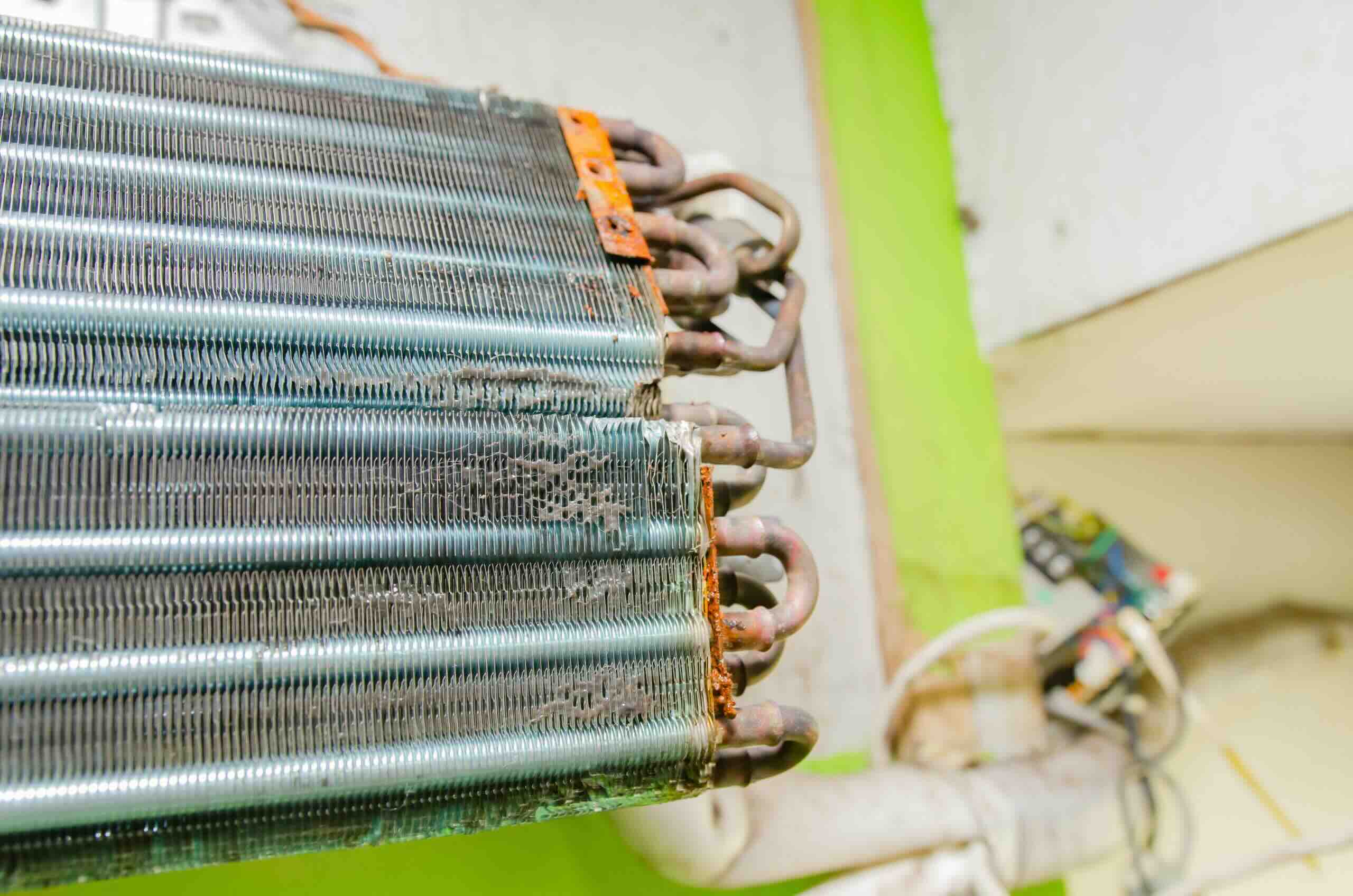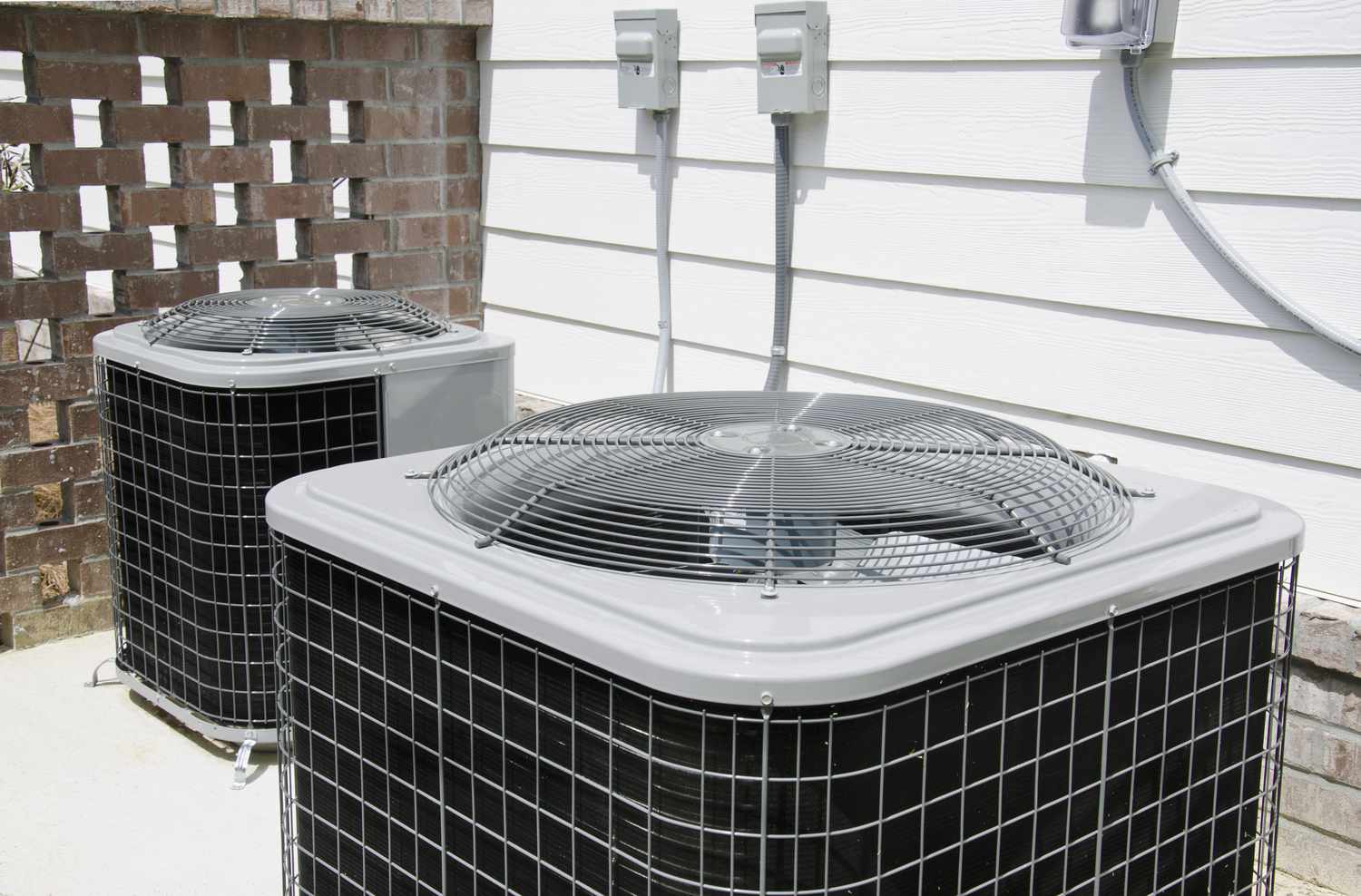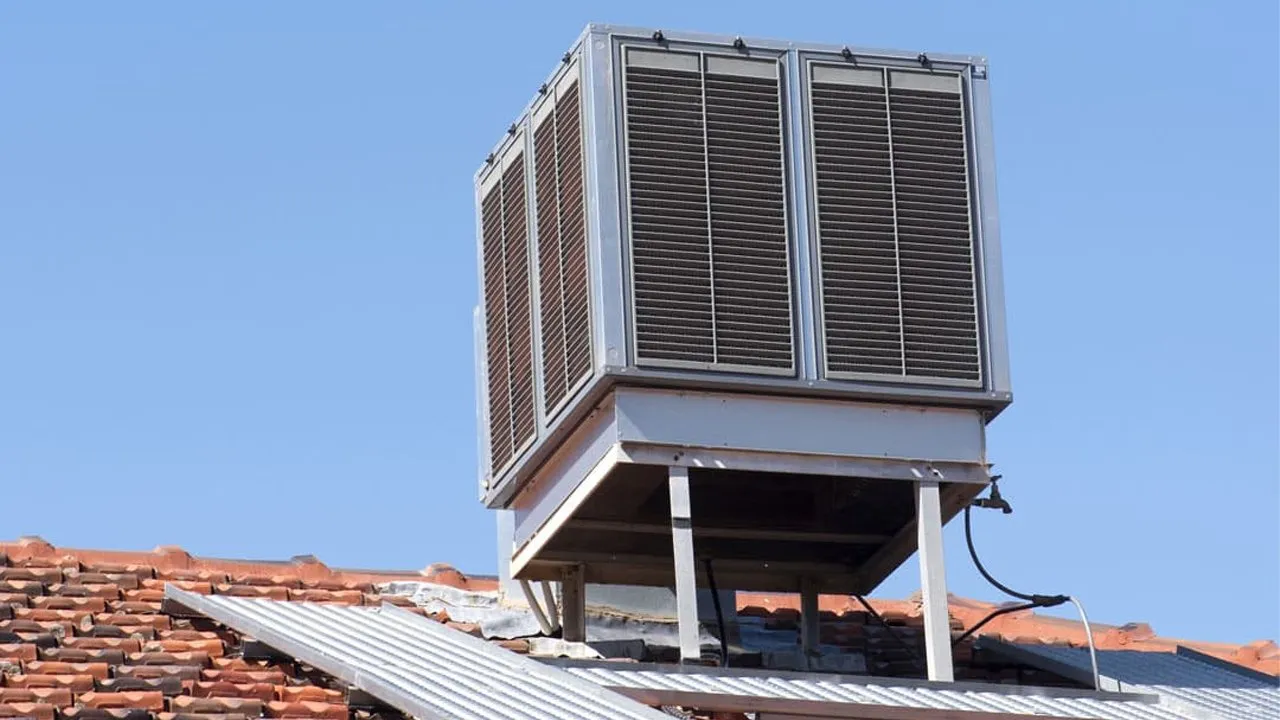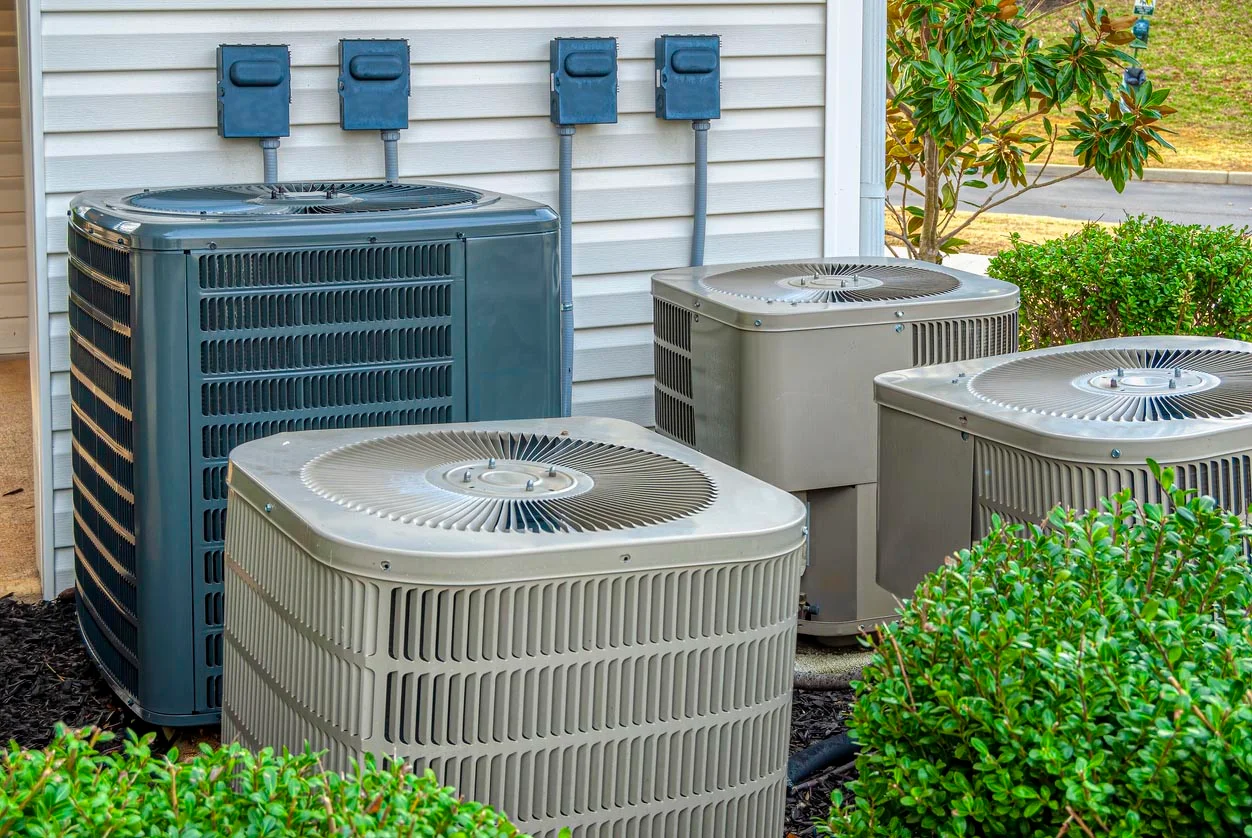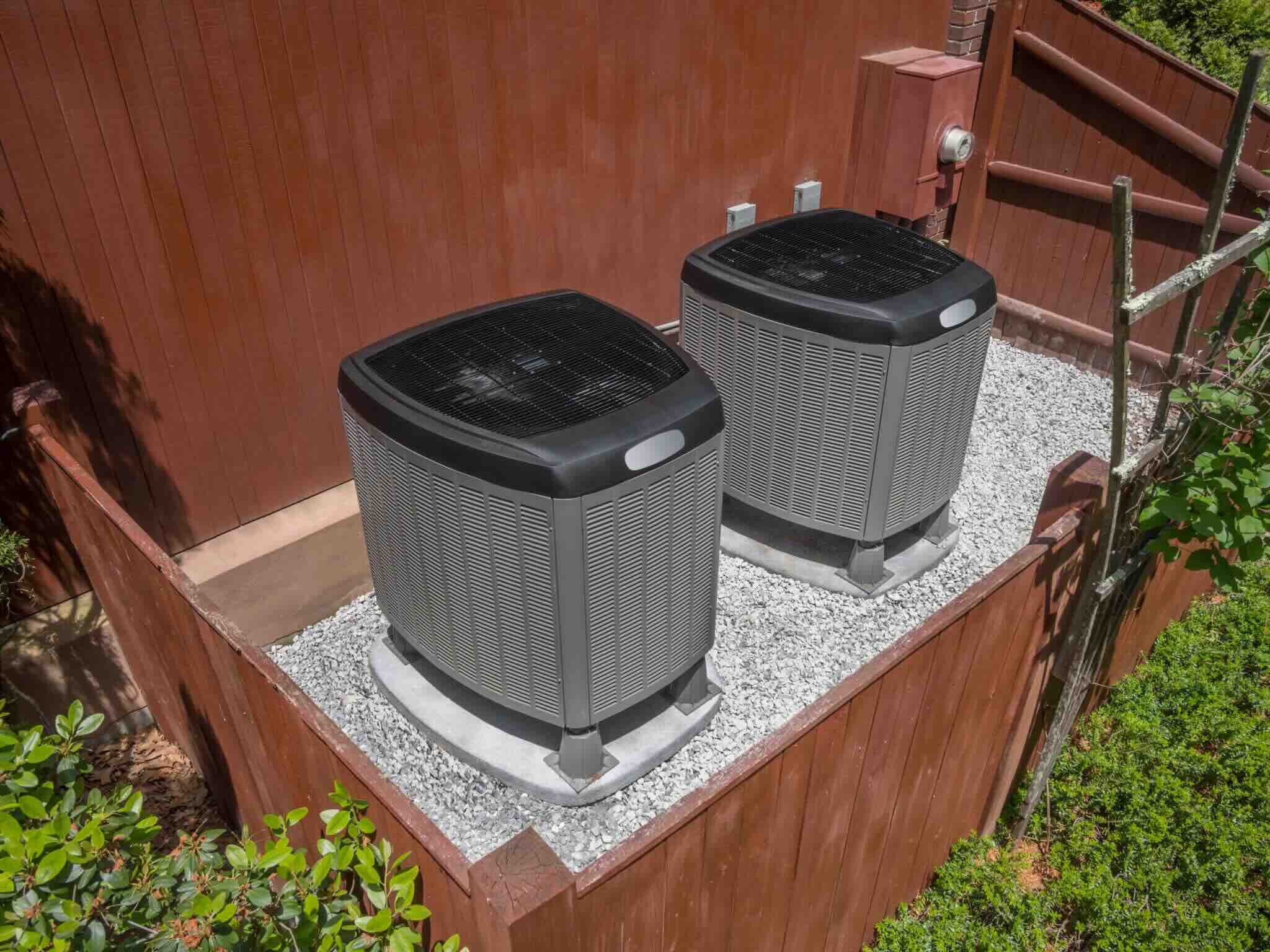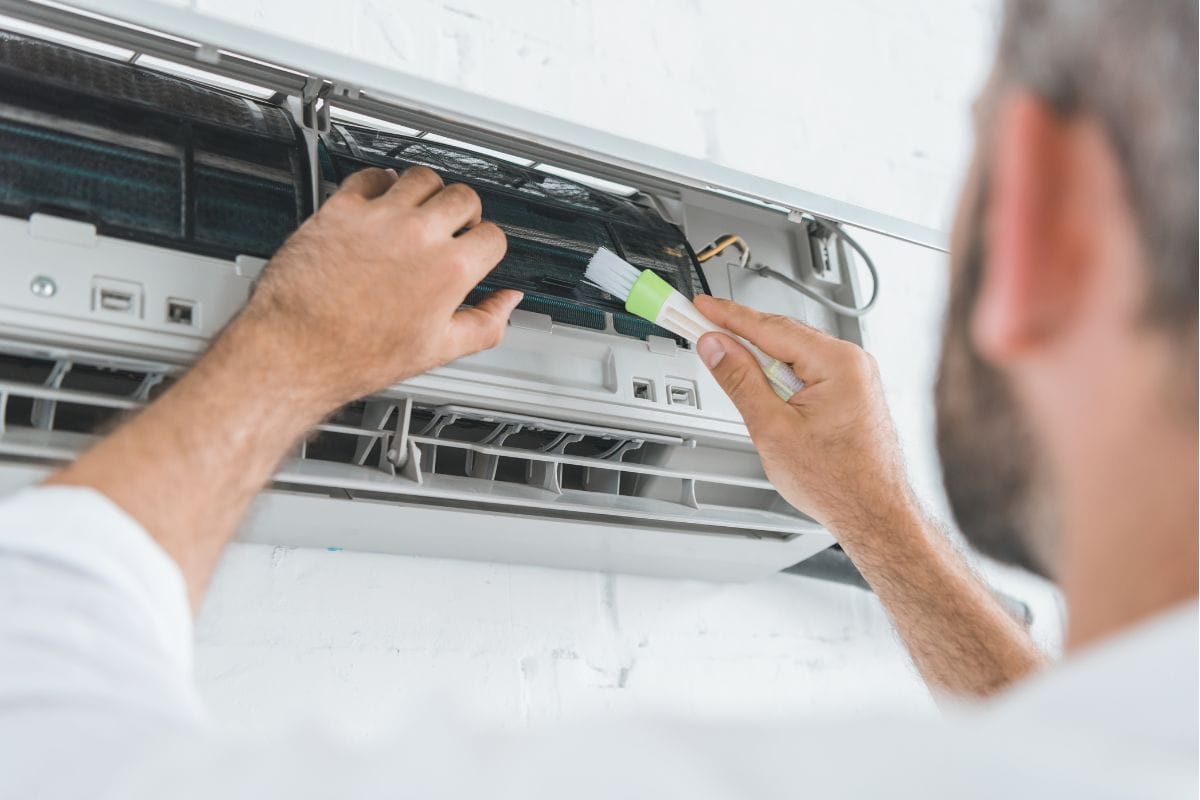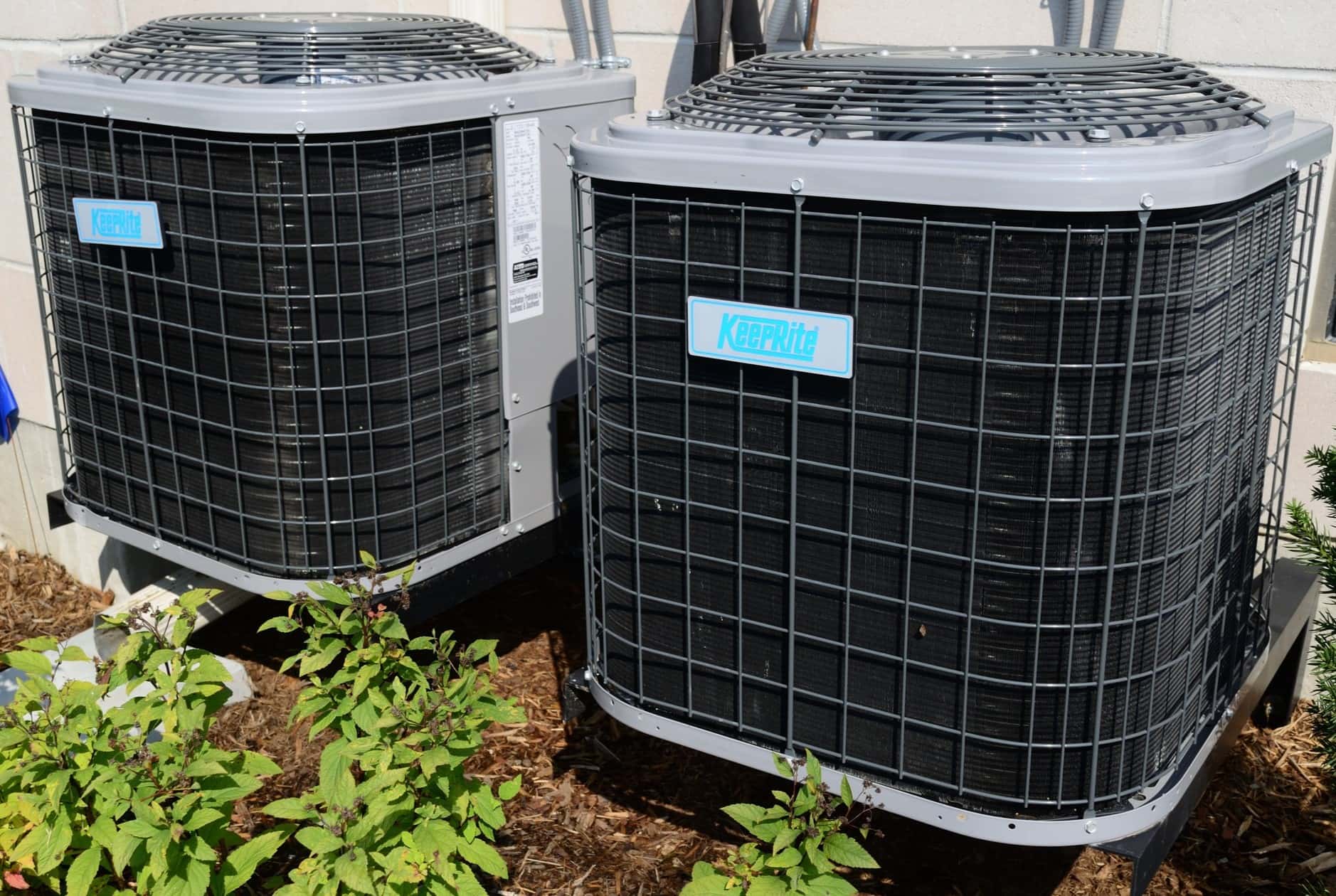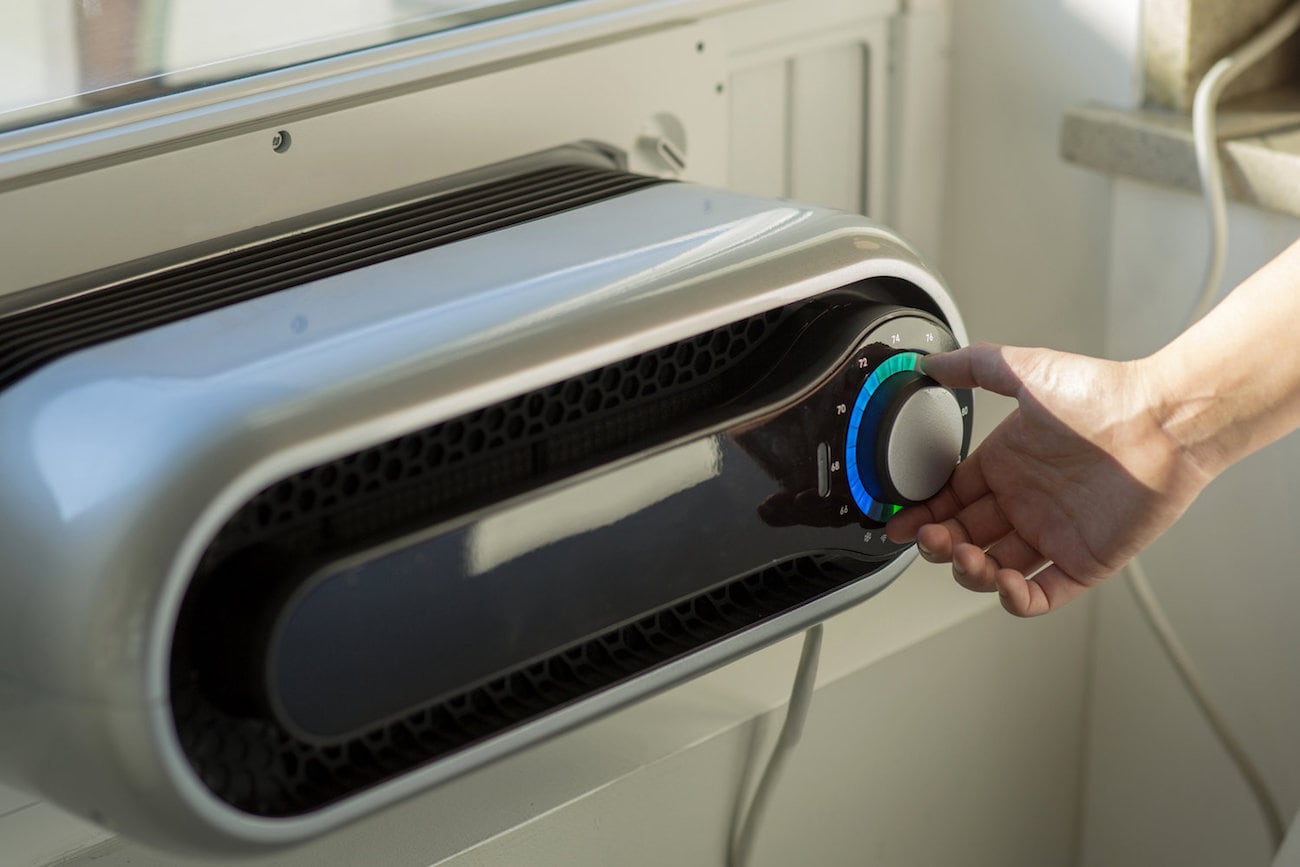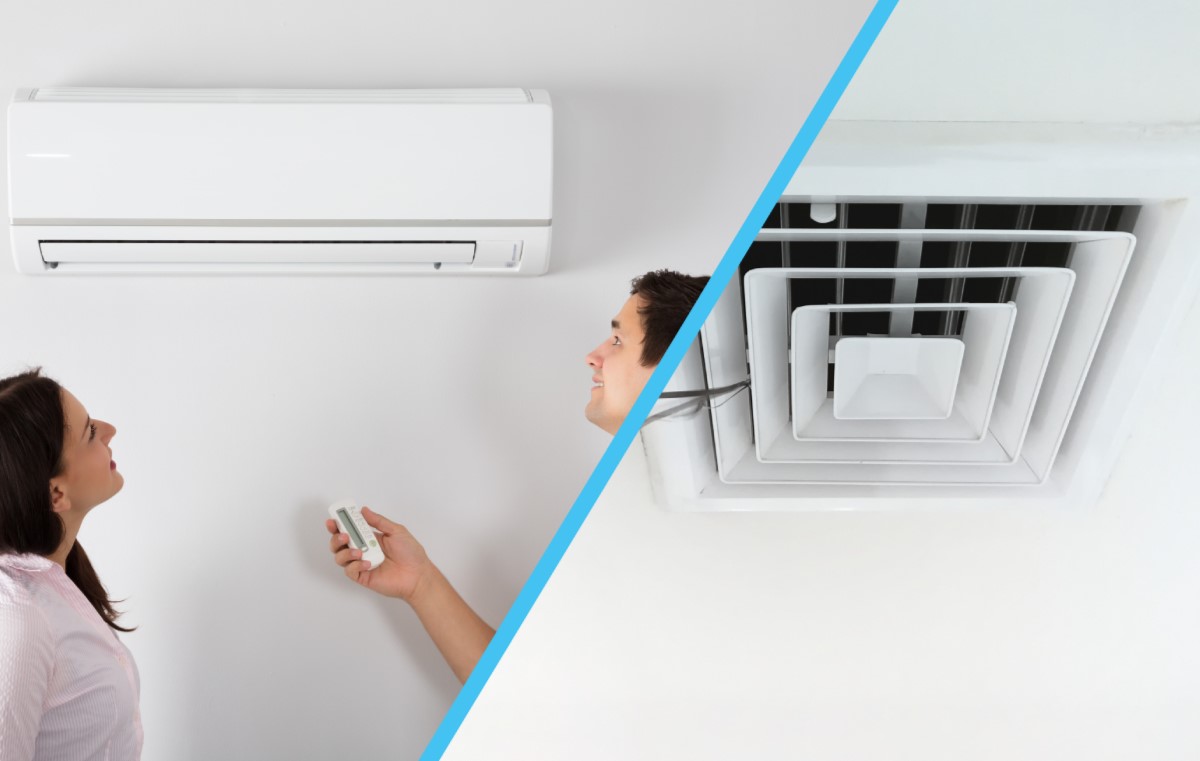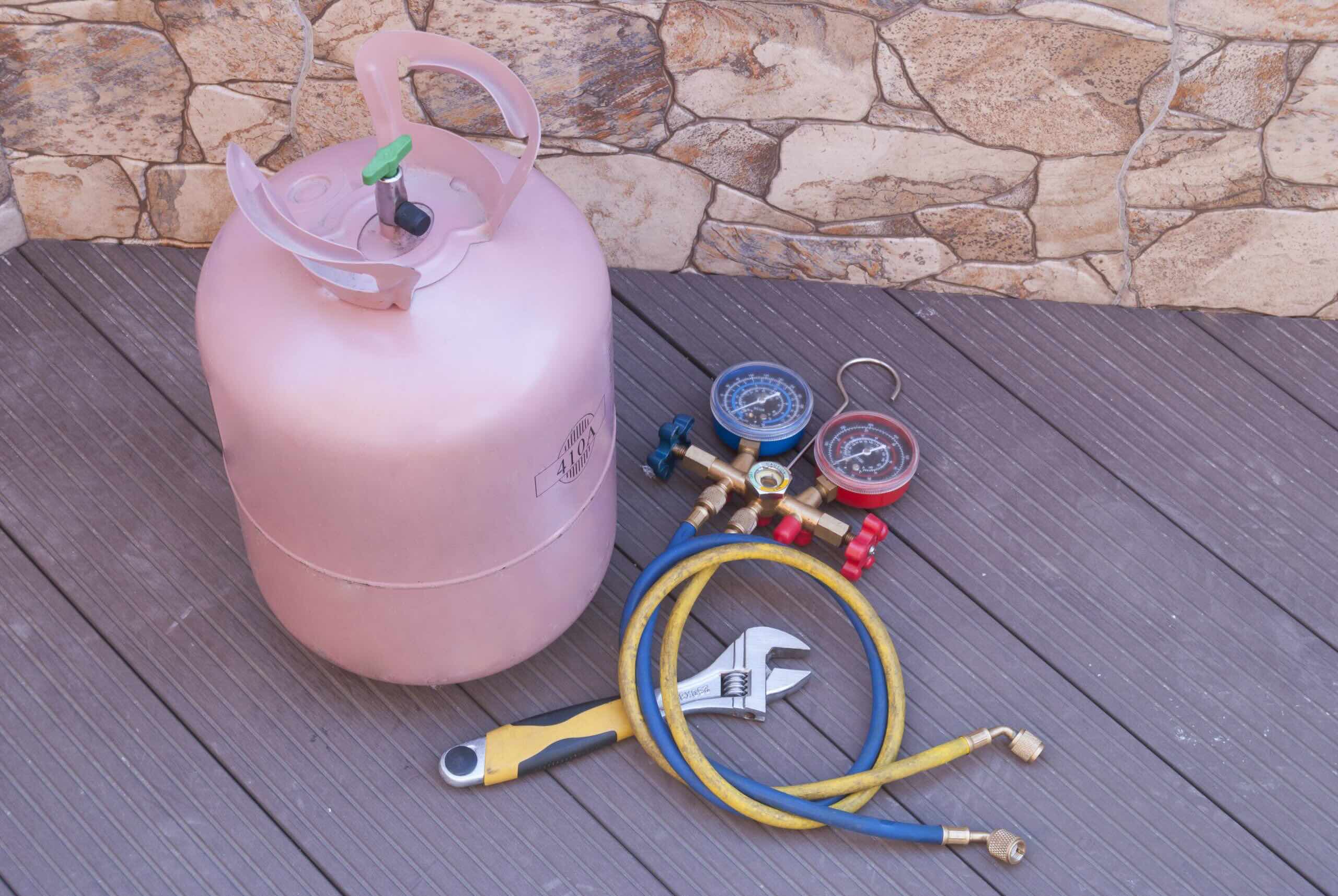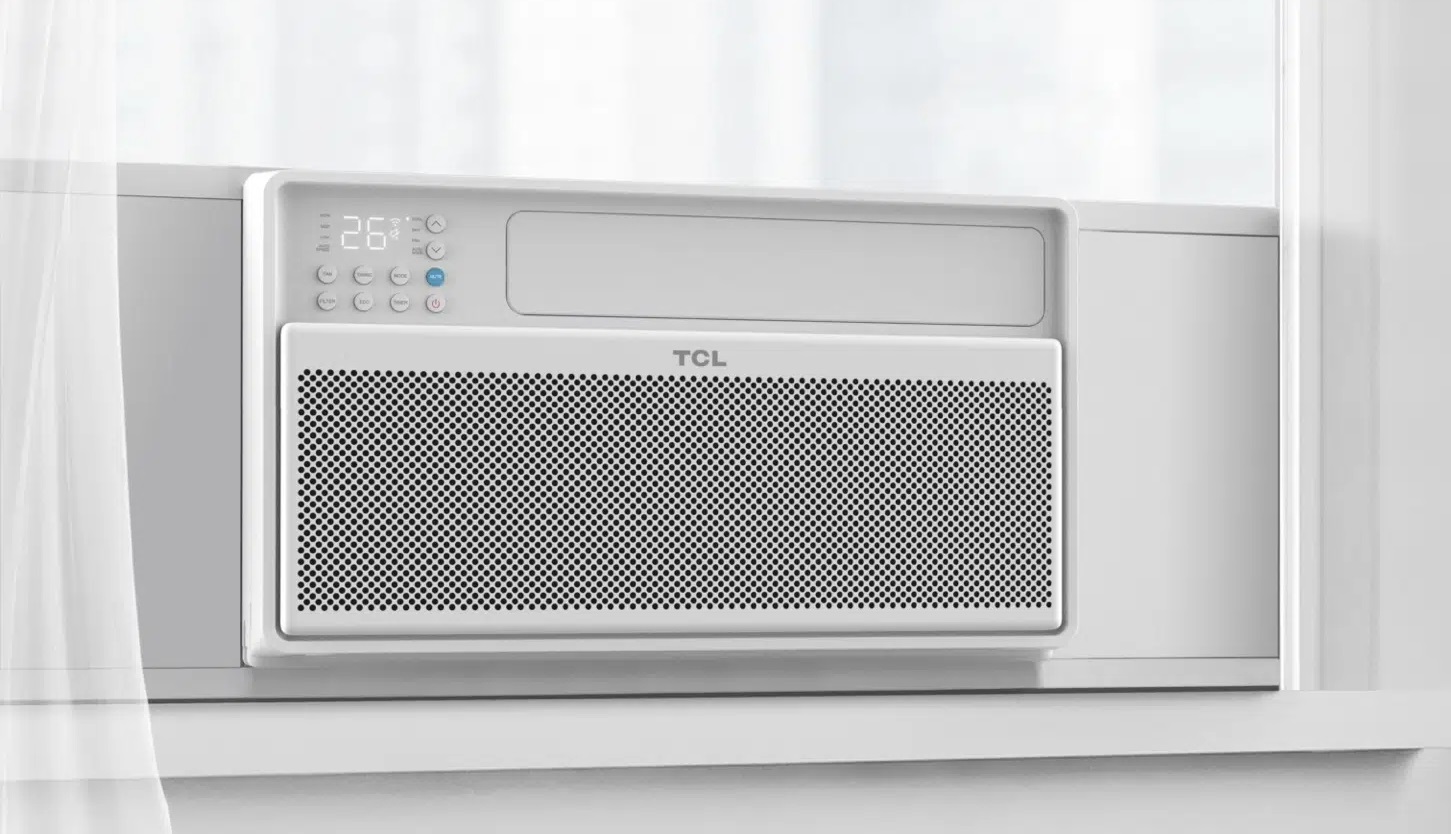Home>Home Maintenance>What Is A 2-Stage Air Conditioner
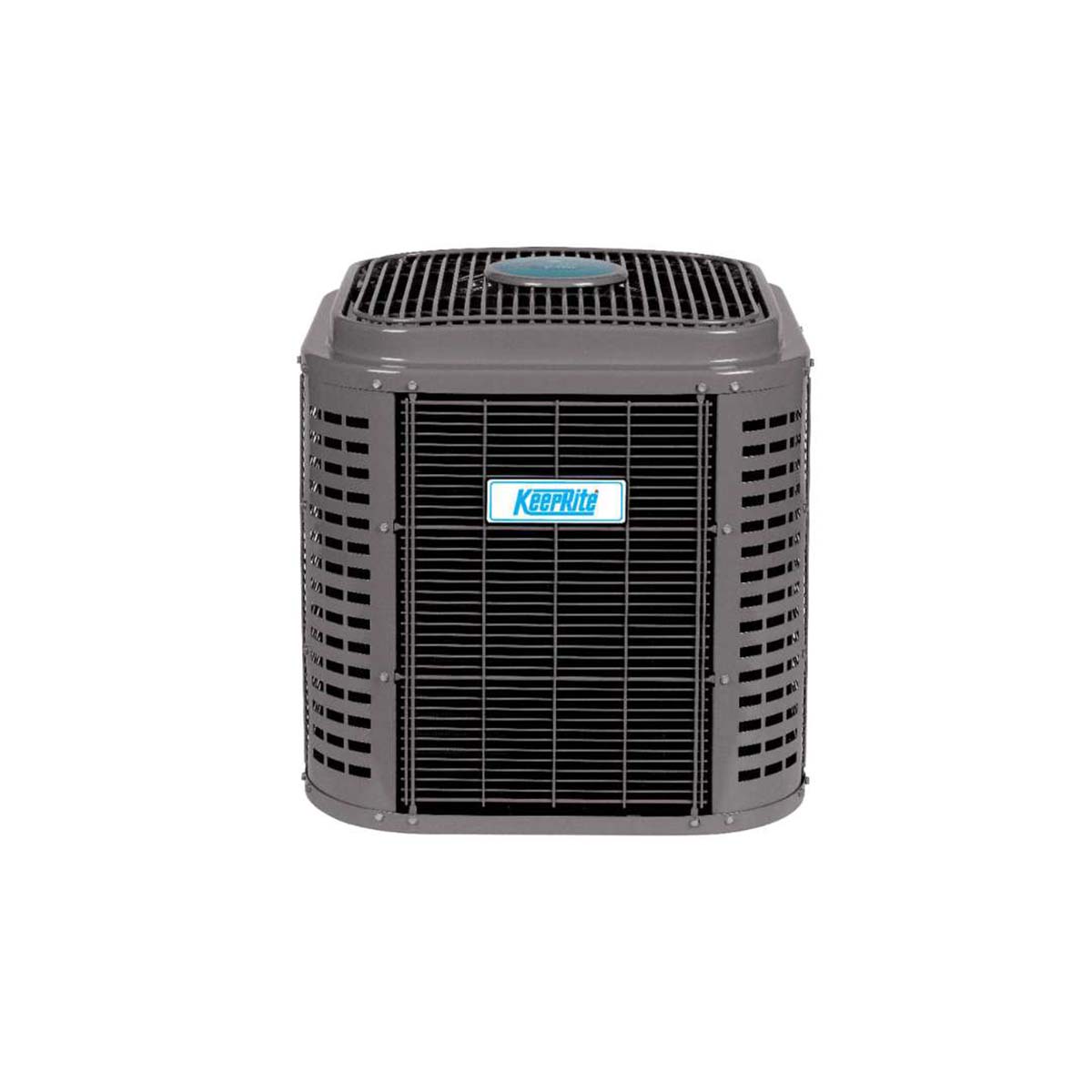

Home Maintenance
What Is A 2-Stage Air Conditioner
Modified: October 20, 2024
Learn about 2-stage air conditioners and how they can improve your home's comfort and energy efficiency. Discover the benefits of this advanced cooling system for your home maintenance.
(Many of the links in this article redirect to a specific reviewed product. Your purchase of these products through affiliate links helps to generate commission for Storables.com, at no extra cost. Learn more)
Introduction
Welcome to the world of home maintenance, where keeping your living space in top shape is the key to comfort and peace of mind. Among the numerous systems that contribute to a comfortable home, the air conditioner stands out as a crucial appliance, especially during hot summer months.
In recent years, advancements in technology have led to the introduction of 2-stage air conditioners, which offer improved efficiency and performance compared to traditional single-stage units. If you’re looking to upgrade your cooling system, understanding how a 2-stage air conditioner works and its benefits and drawbacks can help you make an informed decision.
In this article, we delve into the world of 2-stage air conditioners, exploring their functionality, advantages, disadvantages, and factors to consider when choosing one for your home. Whether you’re a homeowner or a DIY enthusiast looking to expand your knowledge, read on to discover more about these innovative cooling systems.
Key Takeaways:
- Upgrade to a 2-stage air conditioner for efficient cooling. Enjoy consistent comfort, reduced energy bills, and quieter operation. Just remember to consider the initial cost and compatibility with your home’s HVAC system.
- Keep your 2-stage air conditioner in top shape with regular maintenance. Change filters, clean the outdoor unit, and schedule professional inspections to ensure long-lasting, reliable performance.
How Does a 2-Stage Air Conditioner Work?
A 2-stage air conditioner operates on the principle of providing two levels of cooling power based on the current temperature needs of your home. Unlike traditional single-stage air conditioners that only have one speed, 2-stage units offer a low and high-speed setting.
When the 2-stage air conditioner is turned on, it starts in the low-speed setting, which is designed to operate at around 65% of its total cooling capacity. In this mode, the air conditioner delivers a steady and consistent airflow, effectively maintaining a comfortable temperature in your home on mild summer days. The low-speed setting provides energy-efficient cooling and helps to reduce humidity levels, creating a more comfortable indoor environment.
If the temperature outside rises significantly or there is a sudden increase in the cooling demand, the 2-stage air conditioner automatically switches to the high-speed setting. In this mode, the air conditioner operates at 100% cooling capacity, delivering increased airflow and maximum cooling power to quickly cool down your home.
The transition between the two stages is smooth and seamless, ensuring a constant and balanced temperature throughout your living space. The 2-stage air conditioner continuously monitors the temperature and adjusts its speed accordingly, providing optimal comfort without sudden temperature fluctuations or excessive energy consumption.
To control the operation of the 2-stage air conditioner, a thermostat is used. The thermostat detects the indoor temperature and communicates with the air conditioner, instructing it to switch between the low and high-speed settings. It ensures that the cooling system responds to the changing climate conditions, maintaining a comfortable indoor environment without requiring manual adjustment.
Overall, the 2-stage air conditioner’s ability to modulate its cooling output based on the current conditions results in several benefits for homeowners. Let’s explore these advantages in the next section.
Benefits of a 2-Stage Air Conditioner
Investing in a 2-stage air conditioner can offer numerous benefits for homeowners. Here are some of the key advantages of this innovative cooling system:
- Enhanced Energy Efficiency: One of the biggest advantages of a 2-stage air conditioner is its energy efficiency. By operating at a lower speed for most of the time, the unit consumes less energy compared to single-stage units. This can result in lower energy bills and reduced environmental impact.
- Improved Comfort: The dual-speed operation of a 2-stage air conditioner ensures a more consistent and comfortable indoor environment. The low-speed setting provides longer cooling cycles, effectively removing humidity from the air and preventing temperature fluctuations. This results in a more pleasant and enjoyable living space.
- Noisy Operation: Traditional single-stage air conditioners tend to operate at a high speed and produce more noise. In contrast, 2-stage air conditioners operate at a lower speed most of the time, resulting in quieter operation. This can be particularly beneficial for light sleepers or for those who value a quieter home environment.
- Extended Lifespan: The ability of a 2-stage air conditioner to operate at a lower speed and deliver less wear and tear on the components can contribute to its extended lifespan. With proper maintenance and care, a 2-stage unit can provide reliable cooling performance for many years.
- Reduced Maintenance: The reduced cycling of a 2-stage air conditioner can result in less frequent on/off cycles, which means there is less strain on the system. As a result, the unit may require fewer repairs, reducing maintenance costs over time.
These benefits make a 2-stage air conditioner an appealing choice for homeowners seeking improved energy efficiency, enhanced comfort, and longevity in their cooling system. However, it’s important to consider the potential drawbacks of these units, which we explore next.
Drawbacks of a 2-Stage Air Conditioner
While a 2-stage air conditioner offers many advantages, it’s important to consider the drawbacks before deciding if it’s the right choice for your home. Here are a few potential drawbacks to keep in mind:
- Higher Initial Cost: Compared to single-stage air conditioners, 2-stage units tend to have a higher upfront cost. This is due to the advanced technology and components required to enable the dual-speed operation. However, it’s important to weigh this higher initial cost against the long-term energy savings and improved comfort provided by the unit.
- Compatibility with Existing Ductwork: In some cases, a 2-stage air conditioner may require modifications to your existing ductwork to accommodate the dual-speed operation. It’s crucial to consult with a professional HVAC technician to determine if your ductwork is compatible and if any adjustments are needed.
- Higher Repair Costs: While a 2-stage air conditioner may require fewer repairs due to its reduced cycling, the components used in dual-speed systems tend to be more complex and specialized. This can result in higher repair costs if any issues arise. However, regular maintenance and proper care can help prevent major repairs and keep the system running smoothly.
Despite these potential drawbacks, many homeowners find that the benefits of a 2-stage air conditioner outweigh the disadvantages. It’s essential to carefully evaluate your cooling needs, budget, and long-term goals before making a decision.
Now that we’ve explored the benefits and drawbacks of a 2-stage air conditioner, let’s consider the factors you should consider when choosing one for your home.
A 2-stage air conditioner has two levels of cooling power, allowing it to run at a lower capacity on milder days, saving energy and reducing humidity.
Factors to Consider When Choosing a 2-Stage Air Conditioner
When it comes to selecting a 2-stage air conditioner for your home, there are several important factors to consider. By carefully evaluating these factors, you can make an informed decision that suits your specific needs and preferences. Here are the key factors to take into account:
- Cooling Capacity: The cooling capacity of an air conditioner is measured in British Thermal Units (BTUs) and determines its ability to cool a given area. It’s crucial to choose a 2-stage air conditioner with the appropriate cooling capacity for your home’s square footage. An HVAC professional can perform a load calculation to determine the ideal size for optimal efficiency and performance.
- Energy Efficiency: Look for an Energy Star certified 2-stage air conditioner, as these models meet strict efficiency standards set by the U.S. Environmental Protection Agency. Energy-efficient units can help lower your energy bills and reduce your carbon footprint. Pay attention to the Seasonal Energy Efficiency Ratio (SEER) rating, with higher numbers indicating better energy efficiency.
- Compatibility with Existing HVAC System: If you already have an HVAC system in place, consider how a 2-stage air conditioner will integrate with your existing setup. Ensure that the unit is compatible with your current furnace, air handler, and thermostat to avoid compatibility issues and additional expenses.
- Budget: Determine your budget for purchasing and installing a 2-stage air conditioner. While these units offer benefits such as energy efficiency and improved comfort, they come with a higher upfront cost compared to single-stage units. Consider the long-term energy savings and potential rebates or incentives that may offset the initial investment.
- Installation and Maintenance: Proper installation and regular maintenance are vital for the optimal performance and longevity of your 2-stage air conditioner. Ensure that you hire a professional HVAC technician with expertise in installing and servicing these systems. Additionally, inquire about the manufacturer’s warranty and the availability of local technicians for maintenance and repairs.
By considering these factors and consulting with HVAC professionals, you can select a 2-stage air conditioner that meets your cooling needs, energy efficiency goals, and budgetary constraints. Regular maintenance and care are also essential to keep your 2-stage air conditioner operating at peak performance, as we discuss in the next section.
Read also: 13 Best 2 Stage Thermostat For 2025
Maintenance and Care for a 2-Stage Air Conditioner
To ensure optimal performance and longevity of your 2-stage air conditioner, regular maintenance and care are crucial. By following these maintenance guidelines, you can keep your cooling system running smoothly:
- Change Air Filters: Regularly inspect and replace the air filters in your 2-stage air conditioner. Clogged and dirty filters can restrict airflow, reduce efficiency, and diminish indoor air quality. Check the manufacturer’s recommendations for the appropriate filter replacement schedule.
- Clean the Outdoor Unit: Keep the outdoor unit of your 2-stage air conditioner clean and free from debris such as leaves, dirt, and grass clippings. Use a soft brush or a gentle stream of water to remove any accumulated dirt. Ensure that the unit is turned off before cleaning, and consult the manufacturer’s guidelines for specific cleaning instructions.
- Check the Thermostat: Regularly check and calibrate your thermostat to ensure accurate temperature readings. A well-calibrated thermostat helps maintain consistent comfort and efficiency in your home.
- Schedule Professional Maintenance: It’s advisable to schedule annual professional maintenance for your 2-stage air conditioner. An HVAC technician will inspect the unit, perform necessary cleaning, lubrication, and adjustments, and identify any potential issues. Regular maintenance helps catch small problems before they escalate into major repairs and ensures optimal efficiency and performance.
- Keep the Area Around the Outdoor Unit Clear: Maintain at least two feet of clear space around the outdoor unit. Avoid placing any objects or vegetation near the unit that may obstruct airflow or hinder its operation.
- Monitor Refrigerant Levels: If you notice insufficient cooling or reduced airflow, it might indicate a refrigerant leak. Contact a professional HVAC technician to check the refrigerant levels and address any leaks or issues. Only trained technicians should handle refrigerant-related tasks.
By following these maintenance tips and seeking professional assistance when needed, you can ensure that your 2-stage air conditioner operates efficiently and provides reliable cooling performance for years to come.
Now that you understand the importance of maintenance, let’s wrap up the article.
Conclusion
When it comes to home maintenance, selecting the right air conditioner is essential for a comfortable living environment. The introduction of 2-stage air conditioners has revolutionized cooling systems by offering improved efficiency, enhanced comfort, and quieter operation.
Through their dual-speed operation, 2-stage air conditioners provide energy-efficient cooling and excellent humidity control. The low-speed setting ensures long and steady cooling cycles, while the high-speed setting delivers maximum cooling power when needed. This results in a more consistent temperature, reduced energy consumption, and increased comfort.
While 2-stage air conditioners have numerous benefits, they do come with a higher upfront cost compared to single-stage units. Additionally, compatibility with existing HVAC systems and potential higher repair costs are important factors to consider.
When choosing a 2-stage air conditioner, carefully evaluate factors such as cooling capacity, energy efficiency, budget, and compatibility with your existing system. Consult with HVAC professionals to ensure the right fit for your home.
Regular maintenance and care are crucial to keep your 2-stage air conditioner operating at peak performance. This includes changing air filters, cleaning the outdoor unit, checking the thermostat, scheduling professional maintenance annually, keeping the area around the outdoor unit clear, and monitoring refrigerant levels.
By taking these steps, you can enjoy the benefits of a 2-stage air conditioner such as energy efficiency, enhanced comfort, and a longer lifespan.
As a homeowner, it’s important to stay informed about the latest advancements in home maintenance. By understanding the functionality, benefits, drawbacks, and maintenance requirements of a 2-stage air conditioner, you can make an informed decision that best suits your cooling needs and preferences.
So go ahead, explore the world of 2-stage air conditioners and choose the one that will keep you cool and comfortable during those hot summer months.
Stay cool and enjoy your well-maintained home!
Frequently Asked Questions about What Is A 2-Stage Air Conditioner
Was this page helpful?
At Storables.com, we guarantee accurate and reliable information. Our content, validated by Expert Board Contributors, is crafted following stringent Editorial Policies. We're committed to providing you with well-researched, expert-backed insights for all your informational needs.
